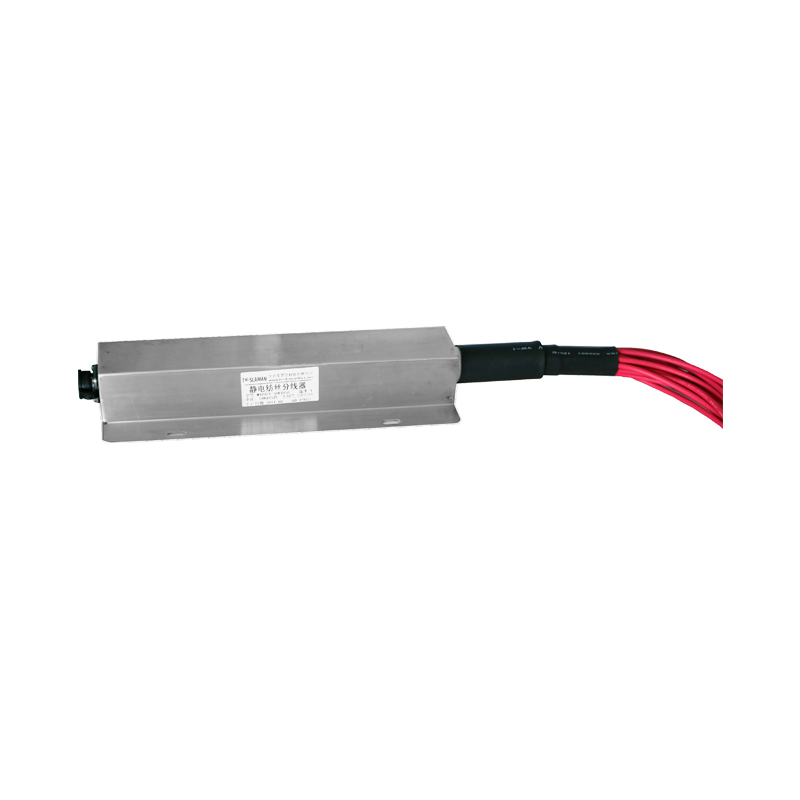Research and Application of Response Acceleration Technology for Liquid Detection High-Voltage Power Supplies
In environmental monitoring, pharmaceutical quality control, and chemical production, the accuracy and efficiency of liquid composition detection directly impact product quality and safety. As the core component of liquid detection equipment, high-voltage power supplies determine a system’s ability to capture electrochemical characteristic changes in liquids. Traditional high-voltage power supplies exhibit delays during voltage switching and load transients, struggling to meet modern high-speed detection demands. Thus, response acceleration technology has become a critical breakthrough for enhancing liquid detection system performance.
1. Core Impact of Response Time on Liquid Detection
Liquid detection relies on the interaction between high-voltage electric fields and liquids. When electrodes apply high voltage, charged particles in the liquid migrate directionally, generating electrical signals (e.g., current, polarization rate changes), whose dynamic responses directly reflect composition and concentration. If power supply response lags:
Missed detection risks increase: Transient current changes from micron-level leaks in ampoules may be missed, causing false sealing judgments
Real-time performance declines: In online continuous detection, delays reduce system throughput efficiency
Signal distortion: Voltage fluctuations or ripple interfere with weak current signal acquisition, reducing trace pollutant sensitivity
2. Core Technical Pathways for Response Acceleration
1. Control Algorithm Innovation
Traditional PID control struggles to balance speed and stability. Advanced strategies achieve breakthroughs:
Feedforward-feedback composite control: Predicts load current to adjust power device signals in advance
Adaptive fuzzy control: Dynamically optimizes switching frequency and duty cycle based on load impedance, reducing response time by >40%
2. High-Frequency Power Topology Optimization
Power architecture design is fundamental:
GaN/SiC high-frequency switches: Operate at MHz frequencies, minimizing energy storage component size
Zero-Voltage Switching (ZVS): Eliminates switching losses, enabling microsecond-scale transitions
Distributed bus design: Uses parallel modules to balance load response stress
3. Dynamic Load Matching Mechanisms
Complex load characteristics (capacitive/resistive variations) require dynamic adaptation:
Real-time impedance monitoring: Adjusts output voltage slope via high-frequency sampling feedback
Nonlinear compensation: Pre-compensates electric field decay for varied ampoule materials
Table: High-Voltage Power Supply Response Optimization Techniques Comparison
| Optimization Method | Response Improvement | Key Advantage | Application Scenario |
|---------------------------|--------------------------|----------------------------|--------------------------|
| Control Algorithm Upgrade | 40-60% | Software-only upgrade | Existing system updates |
| Switching Frequency Boost | 50-70% | Faster charge/discharge | New designs |
| Feedback Loop Optimization| 30-40% | Enhanced noise immunity | High-noise environments |
| Thermal Management | Indirect 20% | High-temperature stability | High-power continuous use|
| Load Matching Design | 35-55% | Dynamic load adaptation | Multi-liquid detection |
3. Performance Leap Through Technology Integration
Combining these technologies achieves comprehensive acceleration:
Millisecond-scale voltage establishment: Optimized power supplies reduce 0V→5kV rise time from 0.5s to <0.2s, improving efficiency by 150%
Sub-millisecond dynamic adjustment: Rapid switching in mass spectrometry ion sources boosts ionization efficiency 3.8×
Enhanced noise immunity: Digital closed-loop control suppresses output ripple to <0.01%
4. Future Development Trends
As liquid detection evolves toward high-throughput and miniaturization, response acceleration requires further breakthroughs:
AI-assisted control: Deep learning predicts load changes for pre-adjustment
ASIC integration: Embeds control algorithms into chips to reduce signal delays
Ultra-high-frequency magnetics: Planar transformers and PCB windings minimize parasitic effects




















